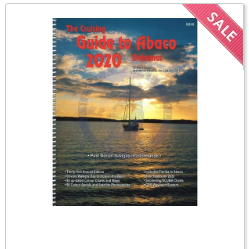IMO was introduced by the
organization aimed at world peace aka United Nations, on 13th March
1948. The administrative body for the International Maritime
Organization was put into force in 1958, in Geneva where UN diplomats
met. During the end of the Chinese Civil War that took place after
the Japanese Invasion, leading to the Sino- Japanese War.
The
International Maritime Organization took the role of a global body
that, "creates a regulatory framework for the shipping industry
that is fair and effective, universally adopted and universally
implemented." The shipping industry needs regulatory conditions,
and resolutions implemented for the prevention of pollution and
financial monopoly.
 |
For example, when British Petroleum had a huge
petrol leak in 2015, this brought a lot of protest
flags because it was a breach of International Maritime Code.
There is climate change control, and IMO has a lot to do with this
surveillance of temperature rise by revamping shipping regulations.
The Business Risk Of
Climate Change
So, as a naval vessel
following IMO resolutions, China hadn't put their signature to this
world treaty which introduced for maritime pollution and safety
requirements had gained some significance; until 1973, when the
organization held the international council to bring conciliatory
support for an emergency session. International
code for flags
says that:
- Flag-State Safety Inspections have to be carried by Flag-State Inspectors who hold Special Surveys to determine if the ship complies with the laws regarding safety and vessel condition of the country which the flag represents.
- Expert Witness, Case Reviews and related consulting services availed aid in deciding the veracity of vessel activity. As long as a ship has the flag of the flag state, it is abiding by international code for nautical flags.



